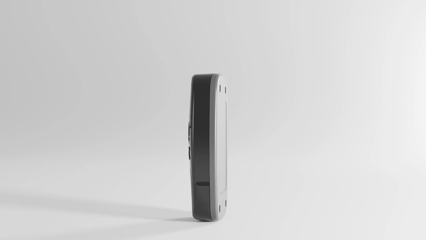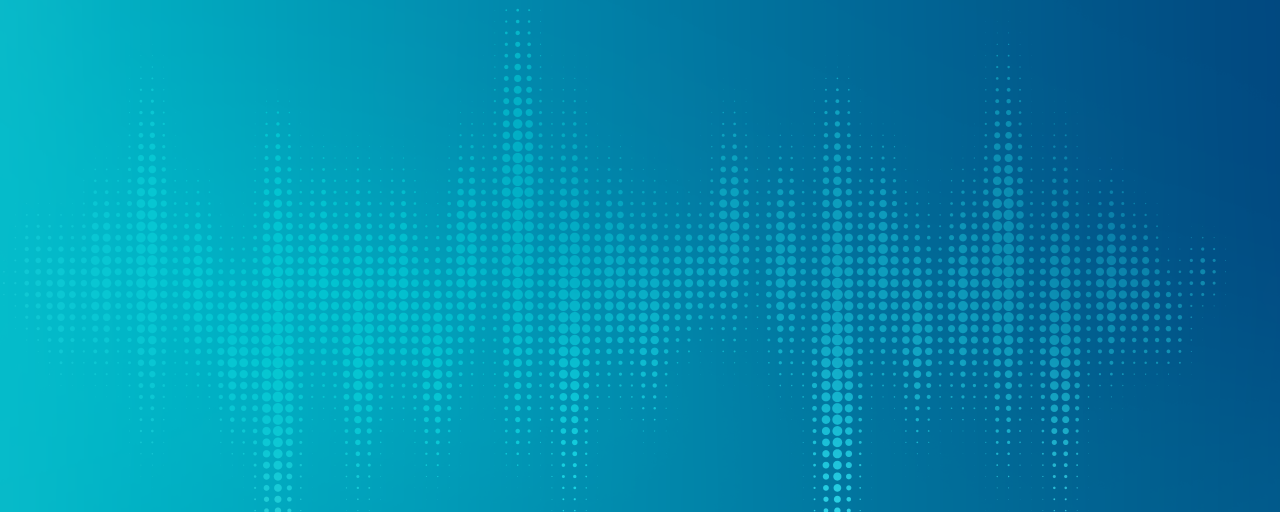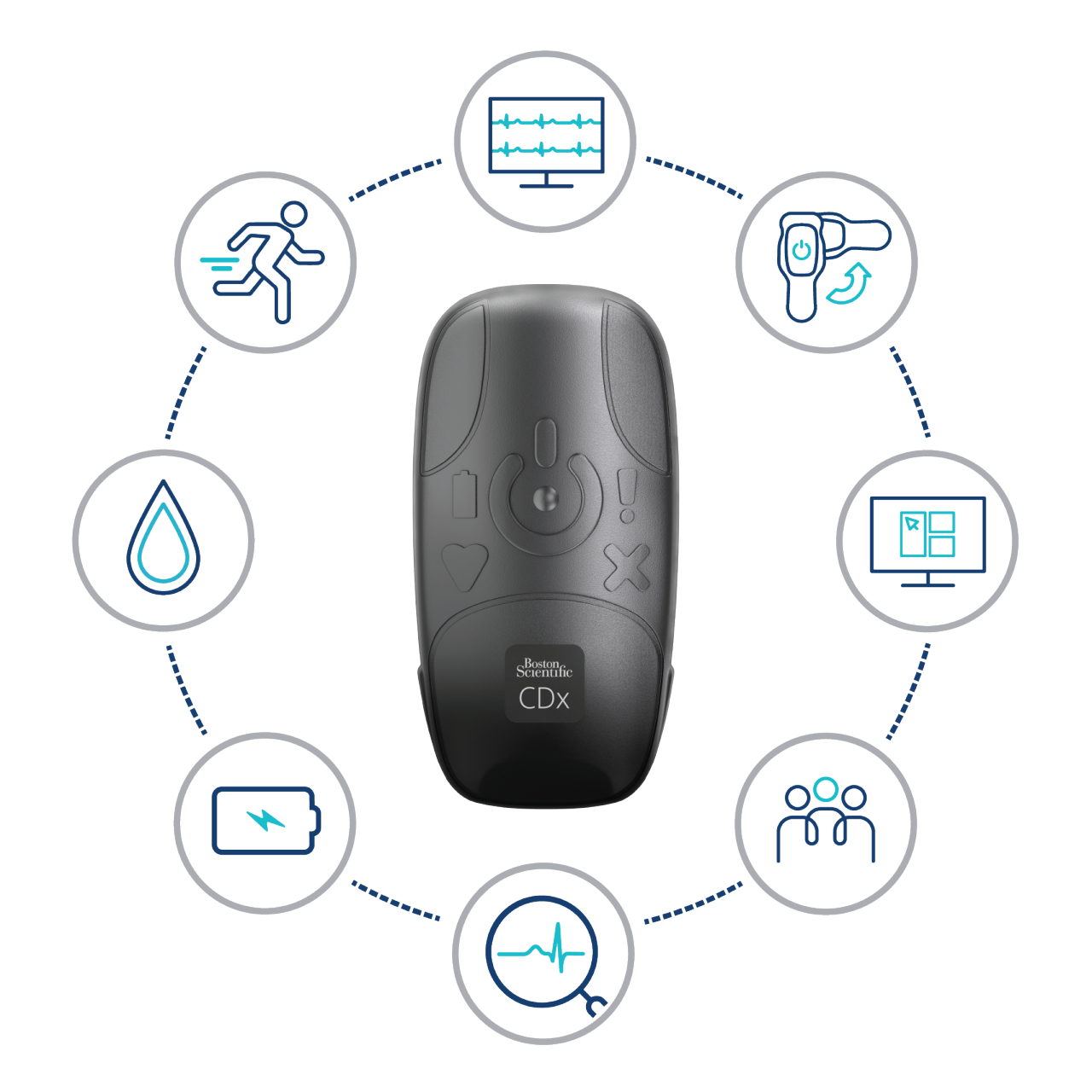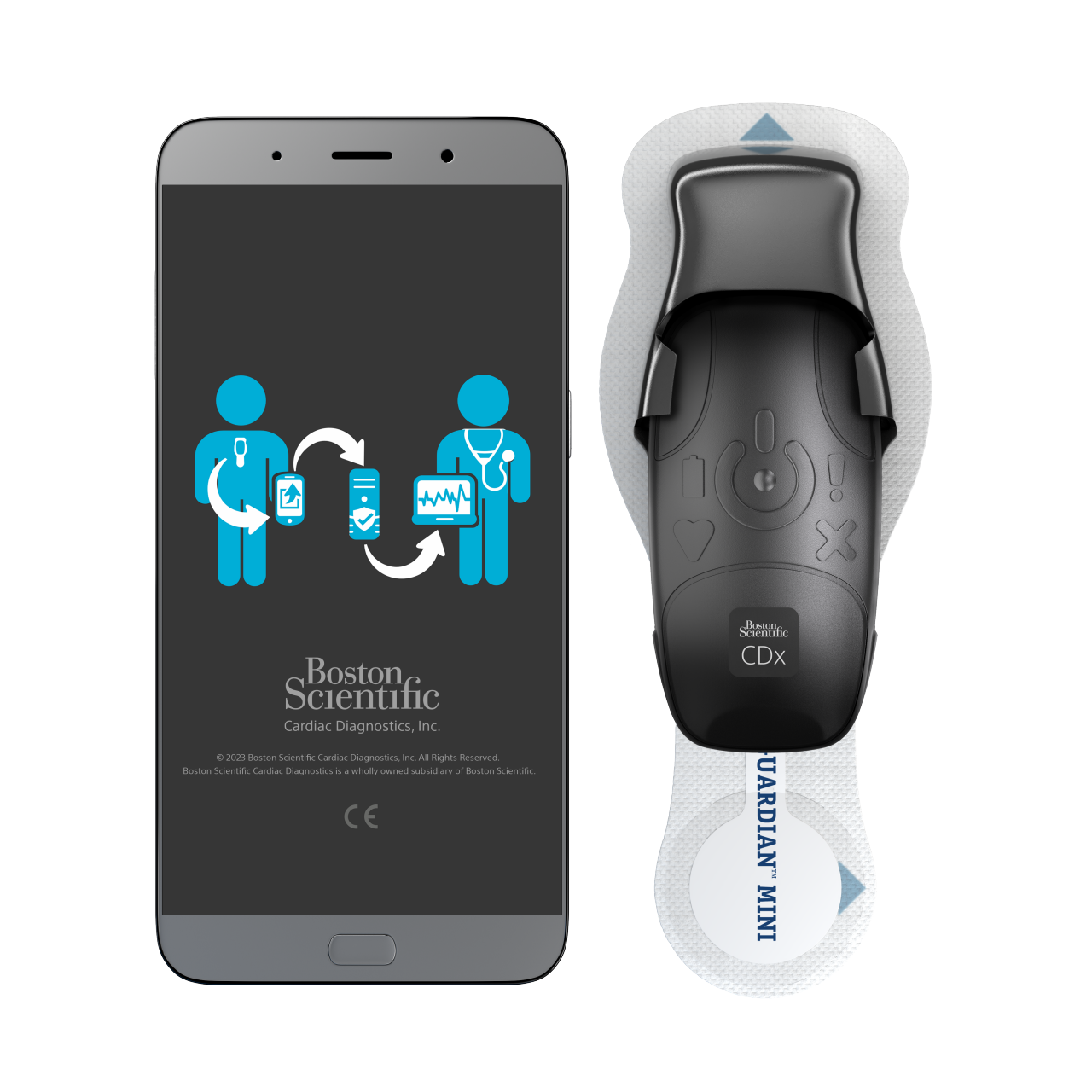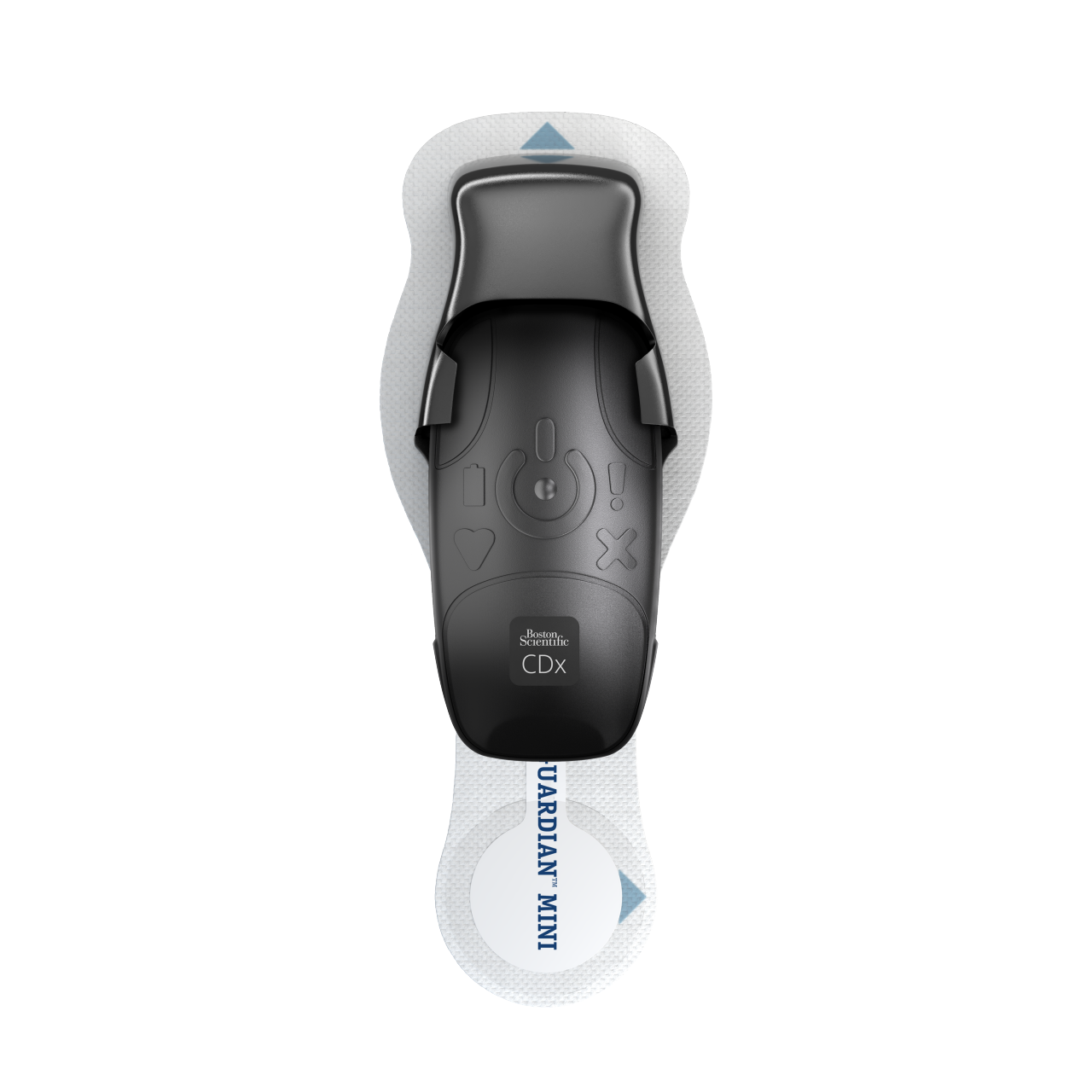BodyGuardian™ MINI and MINI PLUS
BodyGuardian cardiac monitors deliver clinically validated remote cardiac monitoring across all modalities with a single device. Designed for flexibility, these waterproof monitors offer multiple adhesive options to support patient comfort and compliance without compromising diagnostic yield.
